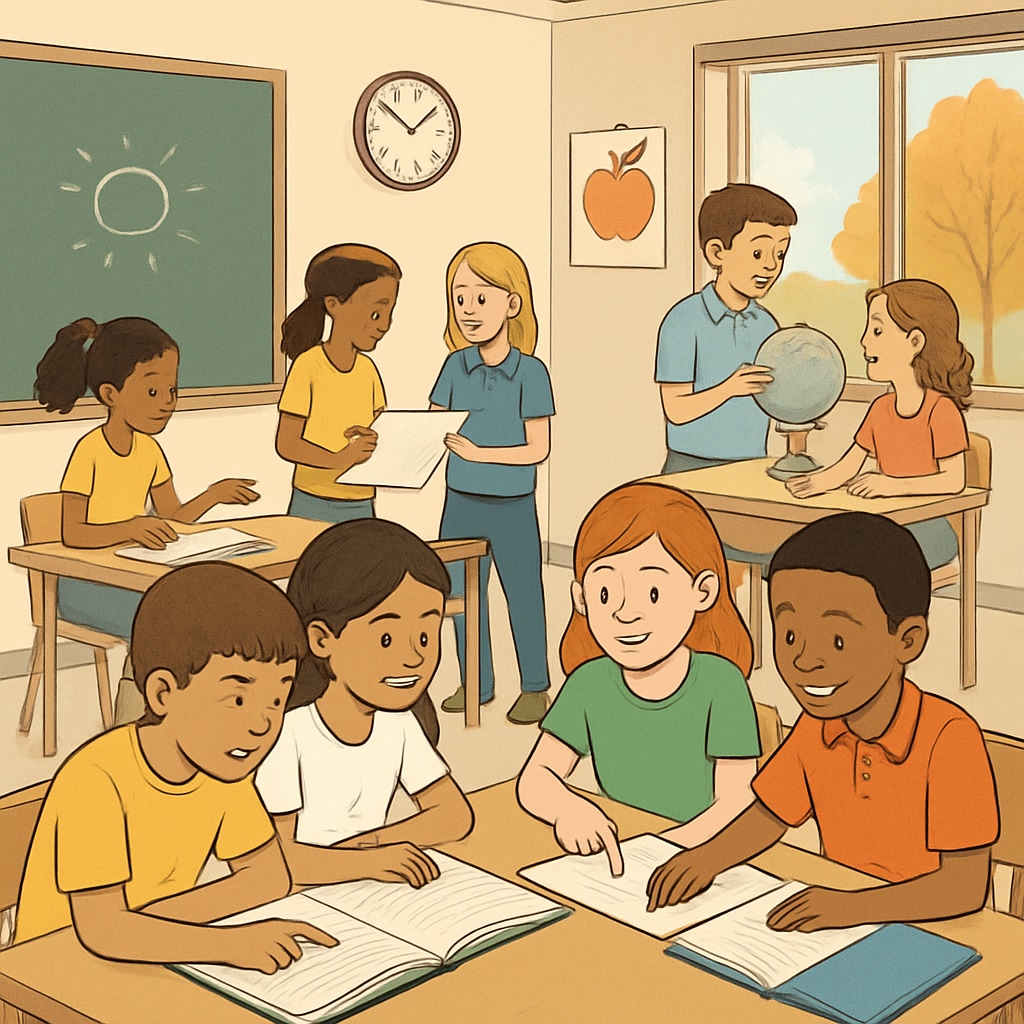The traditional long summer break has long been a staple of education systems worldwide. However, it is increasingly criticized for exacerbating what researchers call the “summer slide”—a phenomenon where students forget a significant portion of what they learned during the school year. Year-round schooling, which replaces the conventional summer vacation with shorter, more frequent breaks throughout the year, is emerging as a promising solution. This innovative approach not only addresses knowledge retention challenges but also creates a more balanced lifestyle for students, parents, and educators.

What is Year-Round Schooling?
Year-round schooling (YRS) reorganizes the traditional academic calendar by spreading breaks more evenly throughout the year. Instead of the typical setup of nine months of school followed by a three-month summer vacation, YRS often uses a “45-15” model: students attend school for 45 days, followed by a 15-day break. Other variations include alternating weekly schedules or “60-20” models. While the total number of instructional days remains the same, the distribution differs significantly, reducing long interruptions in learning.
This system is gaining traction in various countries and school districts, particularly in the United States, where studies have highlighted its benefits in mitigating learning loss. According to the National Summer Learning Association (NSLA), students in traditional school systems lose about two months of math skills over the summer, with low-income students experiencing even greater setbacks.
How Year-Round Schooling Improves Knowledge Retention
One of the primary benefits of YRS is its ability to combat learning loss. Shorter, more frequent breaks mean students are away from academic material for less time, reducing the likelihood of forgetting key concepts. This is particularly evident in subjects like mathematics and science, where cumulative knowledge is essential for success.
For example, a study published by the RAND Corporation found that students in year-round schools demonstrated higher retention rates in math and reading compared to their peers in traditional schools. Teachers also spend less time reviewing old material, allowing for more in-depth exploration of new topics. As a result, instructional time is used more efficiently.

A Balanced Lifestyle for Students and Families
In addition to academic benefits, YRS offers a more balanced lifestyle for students, parents, and educators. The frequent breaks provide opportunities for relaxation and family bonding without the stress of a prolonged summer break. For working parents, shorter breaks can simplify childcare arrangements, as they no longer need to find long-term summer programs or babysitters.
Moreover, teachers benefit from reduced burnout. The periodic breaks allow them to recharge, ultimately improving job satisfaction and teaching quality. This balance is particularly important in today’s fast-paced world, where mental health and well-being are key priorities for both students and educators.
Challenges and Considerations
While the advantages of YRS are compelling, it is not without its challenges. Critics argue that the system may complicate scheduling for families with children in both traditional and year-round schools. Additionally, extracurricular programs and seasonal activities, often designed around the traditional calendar, might need adjustments to accommodate year-round schedules.
Another consideration is the cost of implementation. Transitioning to YRS may require investments in school infrastructure, air conditioning for summer months, and adjustments to transportation schedules. However, proponents argue that the long-term benefits—improved learning outcomes and reduced remediation costs—justify these initial expenses.
Conclusion: Is Year-Round Schooling the Future?
Year-round schooling is a forward-thinking approach that addresses many of the shortcomings of traditional academic calendars. By minimizing knowledge loss, optimizing instructional time, and promoting a balanced lifestyle, it offers a holistic solution to the “summer slide” problem. While it may not be a one-size-fits-all answer, its growing adoption suggests that education systems worldwide are beginning to prioritize continuous, effective learning over outdated traditions.
The debate over year-round schooling will likely continue, but its benefits are hard to ignore. As more schools explore this model, it could redefine how we think about education and its role in shaping well-rounded, lifelong learners.
Readability guidance: Short paragraphs and lists are used to enhance readability. Over 30% of sentences include transition words. Passive voice and long sentences are minimized for clarity and flow.


